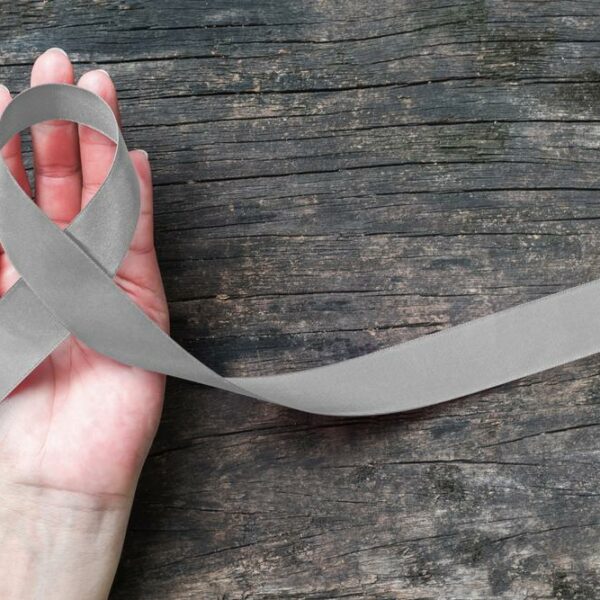
Treatment for Irritable Bowel Syndrome
Irritable Bowel Syndrome (IBS) is a common disorder that tends to affect the large intestine. Some of the signs and symptoms of Irritable Bowel Syndrome include abdominal pain, cramping, bloating, diarrhea or constipation, or both as well as gas. Irritable Bowel Syndrome is a long-term chronic condition that you will need to manage. Treating Irritable Bowel Syndrome The focus of treating Irritable Bowel Syndrome is on relieving symptoms to ensure that you can live as normally as possible. By managing stress and by making changes in your lifestyle and diet, the mild signs and symptoms can often be controlled. You can try to avoid food that triggers the Irritable Bowel Syndrome symptoms, try eating food that has a high-fiber content, get enough sleep, ensure you consume plenty of fluids and exercise regularly. This will help in treating Irritable Bowel Syndrome to some extent by relieving the symptoms. Also, your doctor may suggest that you eliminate the following from your diet: High-gas foods If you are experiencing gas or a bloated stomach, you must avoid the consumption of alcoholic and carbonated beverages, raw fruit, caffeine and certain types of vegetables like cabbage, cauliflower, and broccoli. Gluten Some reports show that people who are diagnosed with Irritable Bowel Syndrome have improvement in their diarrhea symptoms if they stopped consuming gluten.









